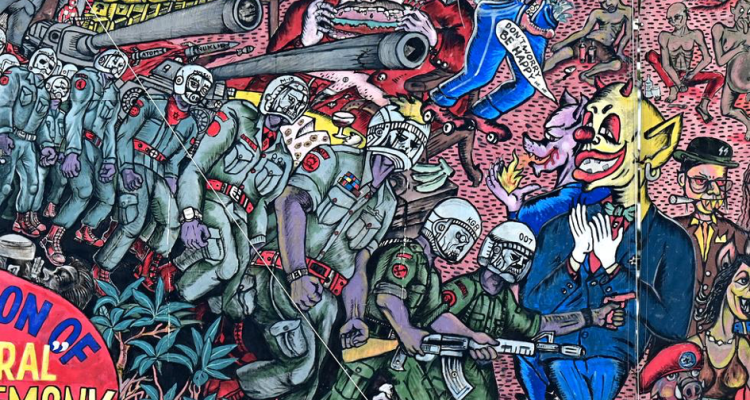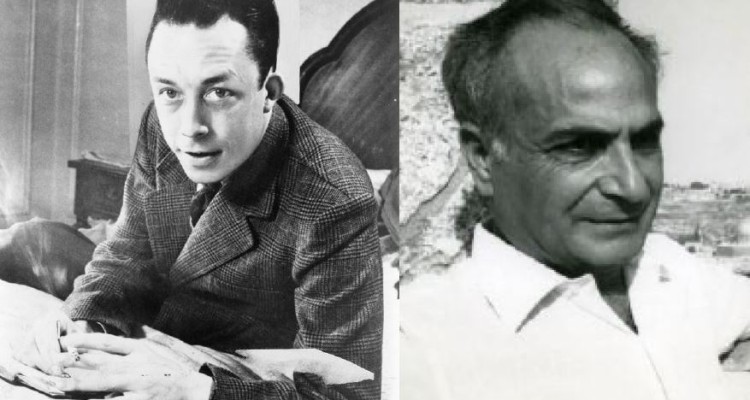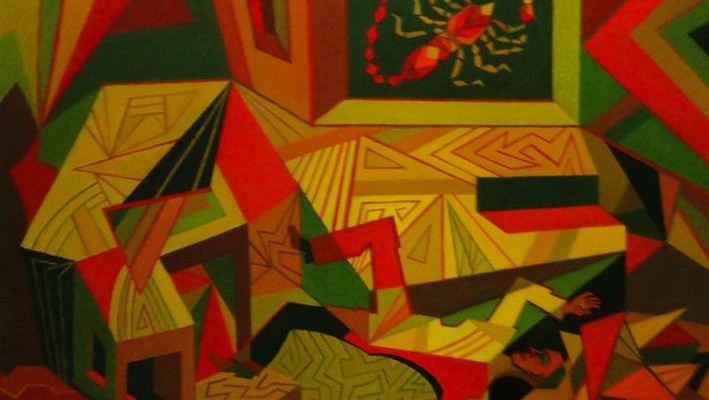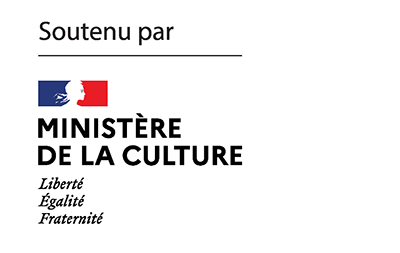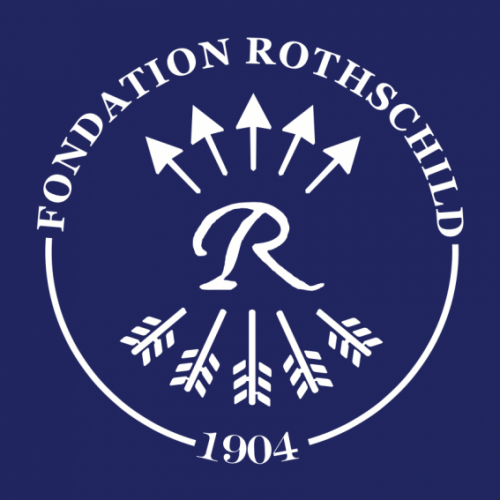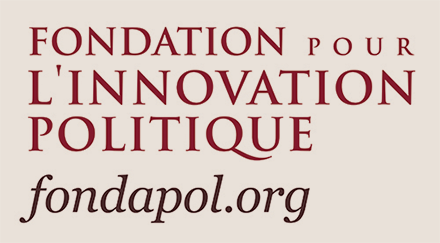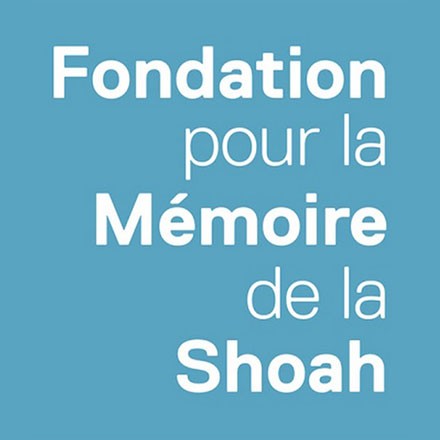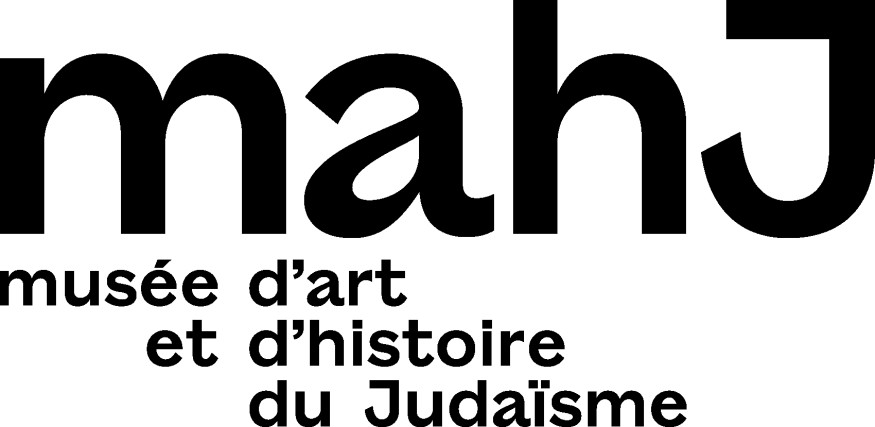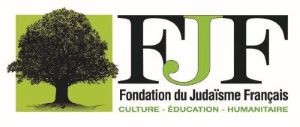This week, before our summer programming and the first part of our interview with Daniel Mendelssohn, we turn to Germany. K. puts the spotlight on an inflammatory controversy that arose around the contemporary art exhibition documenta fifteen, organised every five years since 1955 in the city of Cassel. A clearly anti-Semitic painting presented there caused a stir: while the Minister of Culture did not want to take a position in the name of freedom of art, the Zentralrat der Juden in Deutschland, the Central Council of Jews in Germany, demanded her resignation. This was followed by a torrent of discussions and apologies about the offending work. But apologies to whom? Philosopher Julia Christ reviews this drama and gives us the opportunity to reflect on an anti-Semitism that is soluble in relativism and contemporary art, an anti-Semitism that apologizes to the perpetrators rather than to the victims.
The second text of this week is also about victims. Victims who are recognised and protected this time. “My childhood house, in Chaumargeais, is at your disposal. (…) You can do whatever you want with this place, for you and for all the activities you want to organise there. Our hearts go out to you in your resistance to persecution. Of course, you will not have to pay anything for your stay. This is how Doctor Paul Héritier addressed André Chouraqui in 1942, inviting him to come and take refuge in his house on the Vivarais-Lignon plateau. The simplicity of these few lines perfectly symbolizes the disinterested generosity of a place and a community, famous for the decisive help it gave to those who had been persecuted by Nazism. Le Chambon-sur-Lignon is the only French municipality to have received – in the name of the entire Plateau Vivarais-Lignon – the title of “Righteous Among the Nations”. André Chouraqui and Albert Camus took refuge there in 1942 and crossed paths. They had the Resistance and their native Algeria in common. Nathalie Heinich, in a text that she will read next month on the occasion of the “march of remembrance” organized every 10 August in Le Chambon-sur-Lignon, presents their joint portrait in the context of those war years, pointing out what brings them together and what separates them.
Our third publication of the week is a a short story by the Israeli writer Moshe Sakal. His text – The Author Who Ran Over His Critic – is about an author (Ashkenazi), a critic (Sephardic), a urologist who has just immigrated from France – and a little black scorpion…
